Editor's note: Head chef Peter Goossens will retire at the end of 2023, with former sous chef Floris Van Der Veken taking over in the kitchen.
Hof van Cleve is set in an old farmhouse in Flanders, not far from the Dutch border with Belgium; the nearest city is Ghent. After training in France at the likes of Le Pré Catalan and with Joel Robuchon, chef Peter Goossens got at job at Hof van Cleve in 1987, a restaurant that he later bought. In 1994 he gained a Michelin star, and a second in 1998. The restaurant was awarded a third Michelin star in 2005, which it has retained ever since.
The dining room is L shaped, with a dozen tables in all, so seating around 40 guests. The room has a tiled floor, low ceiling and well-spaced tables with very high quality linen tablecloths. The decor, like the cuisine, has a local emphasis. The paintings on the wall are by Belgian artists, the chairs are made locally. The meat knives were made by a Ghent artist and were commissioned for the restaurant, using carbon steel that is over a century old, and handles made from such exotica as birch tree, musk ox horn, narwhal tusk or walrus penis bone (I couldn’t make that up).
There was either a five (€195) or seven course (€245) tasting menu in addition to an a la carte selection, and a vegetarian tasting menu at €215. The wine list was quite extensive, with 1,500 labels and deep coverage of France but also with a decent selection of wines from elsewhere, including the New World, and a good selection of Austrian wines in particular. Example wines were Schaef-Frohlich Bockenauer Felseneck Riesling Spatlese 2010 at €60 for a wine that you can find in the high street for €24, Domaine Ostertag Zellberg 2008 at €80 for a wine that retails at €36, and Didier Dagenau Silex 2009 at €240 for a wine that will set you back €105 in a shop. At the posh end of the list there was the odd bargain, with markups generally moderate though somewhat erratic. Haut Brion 1986 was €790 compared to €515, yet Dominus 1996 was a high €550 for a wine that retails at €163. By contrast Petrus 1993 was a bargain €990 given that its current market price was €2,153.
An array of nibbles began the meal, along with a shot of grapefruit juice laced with ginger. Soft shell crab on squid ink crisp was stunning, the crab having lovely flavour, its taste enhanced by a spice bend called vadouvan, essentially a mild garam masala blend but with shallots and garlic added. The spices worked really well with the crab, as did a coriander garnish and a touch of lime for freshness, and the crisp was excellent. In some restaurants the nibbles feel like an afterthought, but not here (20/20).
Bread was made from scratch in the kitchen, a choice of spelt, ciabatta, baguette and Trappist brown bread, which was the best of the lot (19/20 overall). The next nibble was a wagyu style beef, the cow in this case a Belgian breed of cattle called Holstein implanted with wagyu embryos and raised in northern France (from Domaine du Tilleul). The meat was coated with Parmesan and sesame seeds, giving a contrasting texture to the tender beef (18/20). Squid was magnificent, exquisitely tender and served with soya mayonnaise, the shellfish marinated with Indian spices and sesame seeds (20/20). Mackerel came with runner beans, apple and shallots, the fish superb, as were the vegetables (19/20). Chicken liver was topped with langoustine tartare and shallot, an interesting and effective combination, the components of very high quality (19/20).
The first official dish of the menu was sardines and tomatoes in two different servings, first cold and then hot. The cold version involved sardines with a tomato stock, soya vinaigrette, soya ice cream, burrata, cucumber and a touch of lime for acidity. The hot version had baked sardines with warm tomato and a tapenade using black olives, a salsa and feta cheese, all on a delicate pastry base. The salsa had a gentle kick of spice, and in both cases the sardines were superb, the tomatoes having good though not great flavour. It is always interesting to see what a top chef can do with a humble ingredient; it is one thing to make a good dish with luxury ingredients like langoustines or turbot, but it takes some talent to make a sardine dish special (18/20).
Next was king crab from Alaska, served with a crab bisque, Romesco sauce (a Catalonian sauce involving nuts and red pepper), cauliflower and cabbage, basil and Parmesan. The crab was wonderfully sweet and tender, the sauce complementing it well, the quality of the vegetables impeccable (19/20). Dover sole came with cream of mushrooms, brown shrimps, spinach, poached quail egg, poached cream of buttermilk and a sauce of young leeks. This was an excellent dish, the fish having lovely flavour, the shrimps sweet, the leeks superb (19/20).
Duck foie gras was pan-fried, served with beetroot, hazelnuts, cherry sauce, apricot and a little Mimoulette cheese. The liver was of terrific quality, silky smooth and with deep flavour, and the contrast of the earthy beetroot with the nuts and cheese worked surprisingly well, the cherries providing balancing acidity (19/20). The pescetarian alternative at this stage was also impressive, scrambled egg with smoked eel and buttermilk, ceps, artichokes and chickpeas.
Best end of beef was from a cow from the Basque region, served with ceps, couscous and sweet Cevennes onion, enlivened with ras el hanout (a North African spice mix). The meat was very tender, the mushrooms superb and the couscous was a revelation, absolutely terrific, the seasoning of the dish pin-point accurate (20/20). The alternative of turbot was perfectly cooked, with dazzlingly good cockles from Normandy, stunning turnips (not a phrase I ever expected to write), and a perfect risotto using bomba rice (20/20).
The cheese board these days is a deliberately limited affair, with s small selection of cheeses in perfect condition. Comte aged for 36 months was from an Antwerp affineur called Michelle van Trecht, aged Gruyere was from Bernard Antony in Alsace, and there was also a local cheese reminiscent of Reblochon, and Colsten Basset Stilton.
A pre-dessert was chocolate with banana and passion fruit sorbet, an interesting ingredient combination that worked quite well (18/20). White peach with pistachio, verbena, grapefruit, mascarpone coconut and peach jus was very enjoyable, the fruit excellent (18/20). Even better was chocolate and caramel with a sorbet of cassis, raspberry, and cassis jus, the raspberry of exceptional quality, the sorbet dazzling, the combination of flavours harmonious (20/20).
Mignardise comprised a freshly made warm chocolate Madeleine and a plate of beignets. It is a measure of the quality of the kitchen that even the little beignets were extraordinarily good, with superb texture, dusted with just enough icing sugar. I have eaten plenty of beignets/doughnuts in my life, from New Orleans to the excellent version that Phil Howard used to make at The Square, but these were the best of all: utterly perfect, the doughnuts of Homer Simpson's dreams (20/20).
Coffee was superb, an Italian blend called Antica Tostatura Triestina. To accompany it was a trolley of sweet delights including superb lemon cake, raspberry tart, apple cake and pistachio macarons. Service was excellent throughout the meal, the staff friendly and helpful. The bill came to €367 (£293) each, but that was with the longest tasting menu, champagne and plenty of good wine. If you ordered less food and shared a modest bottle of wine then a typical bill would be around £220 a head. This is barely half the price you would pay in a Paris three star, so in its context is not unreasonable. I really enjoyed Hof van Cleve once again; the dishes were appealing, the ingredients superb, the technique impeccable and the balance of the dishes terrific. This is proper three Michelin star cooking.
Further reviews: 01st Jul 2007

















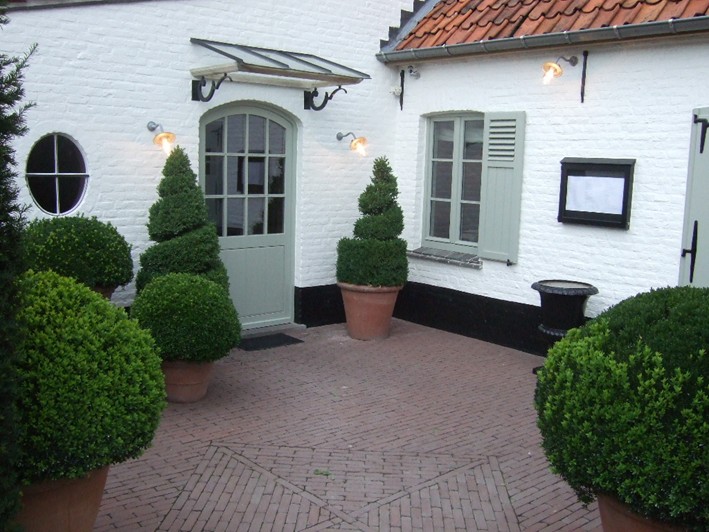

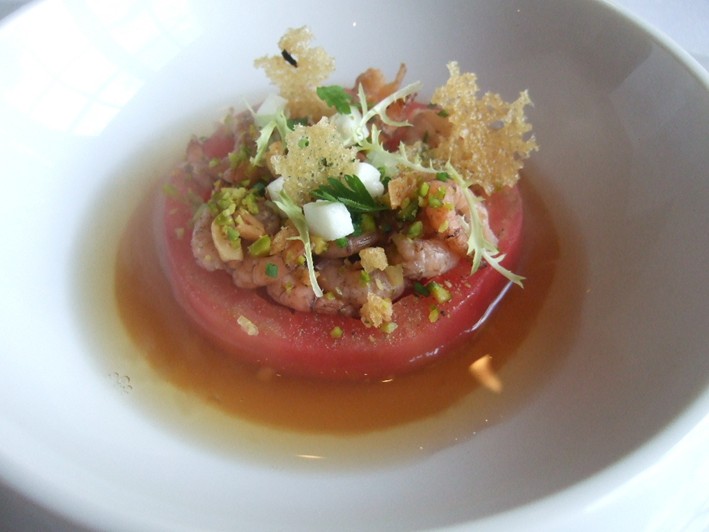
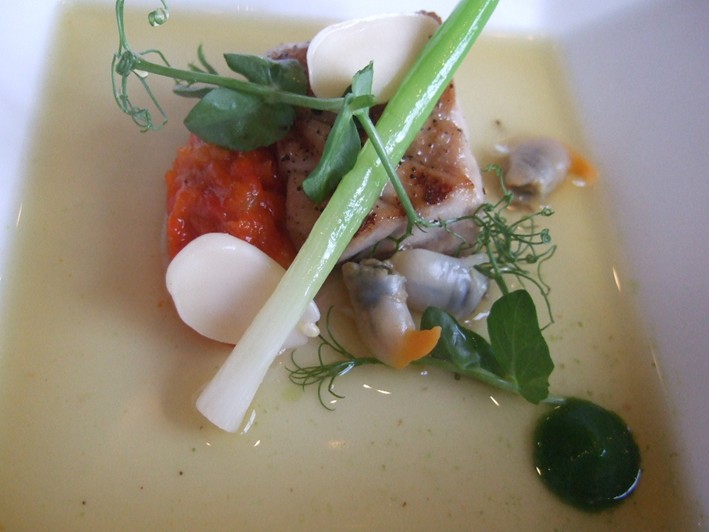
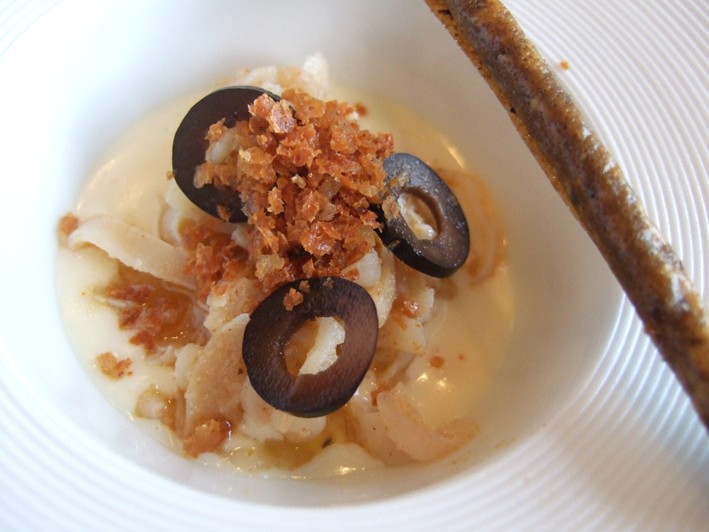
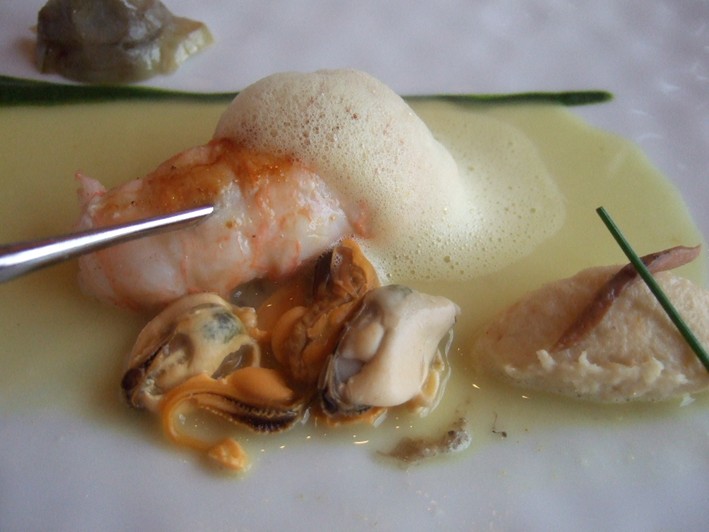
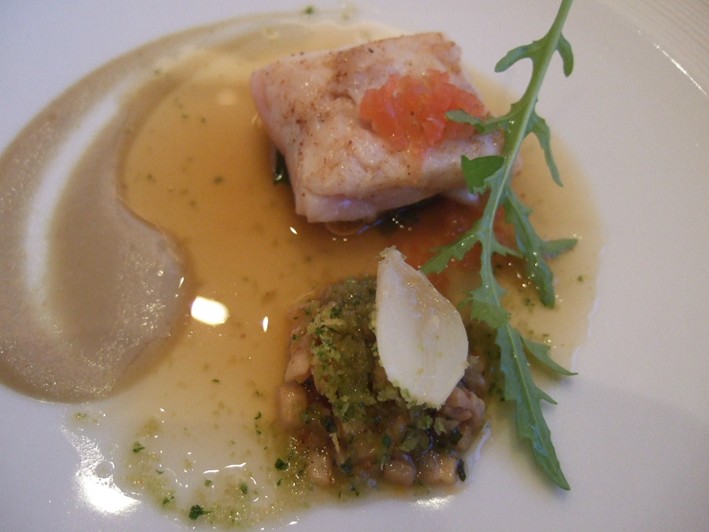
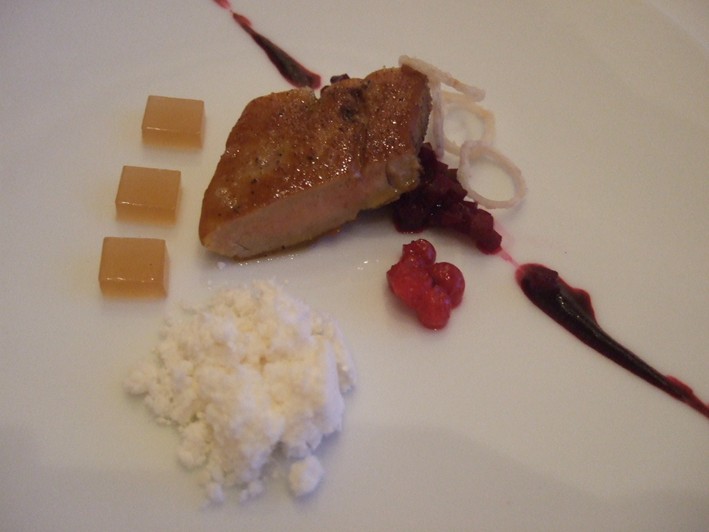

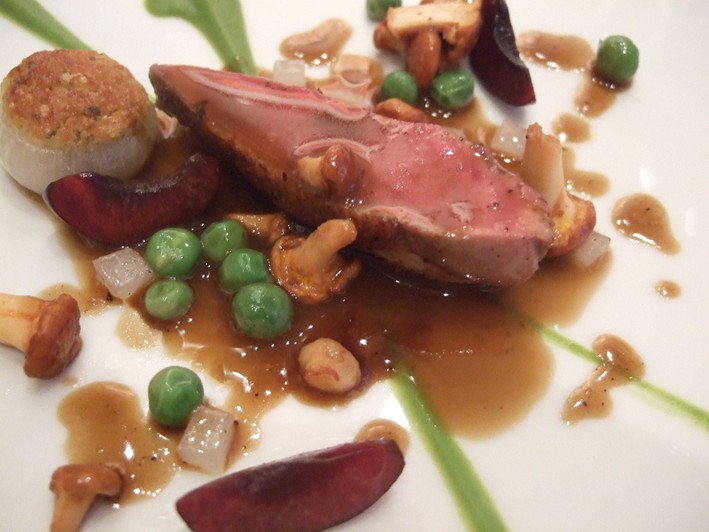
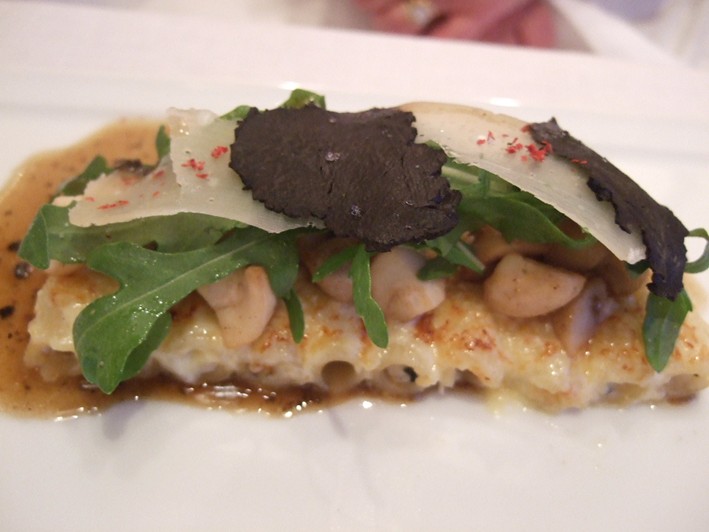
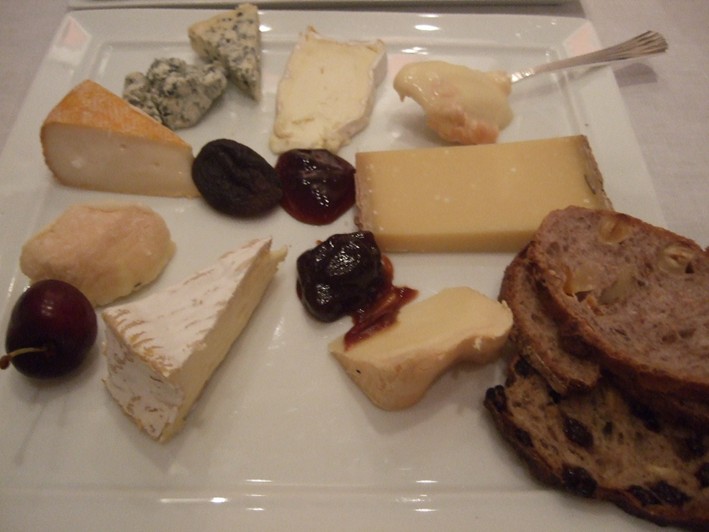
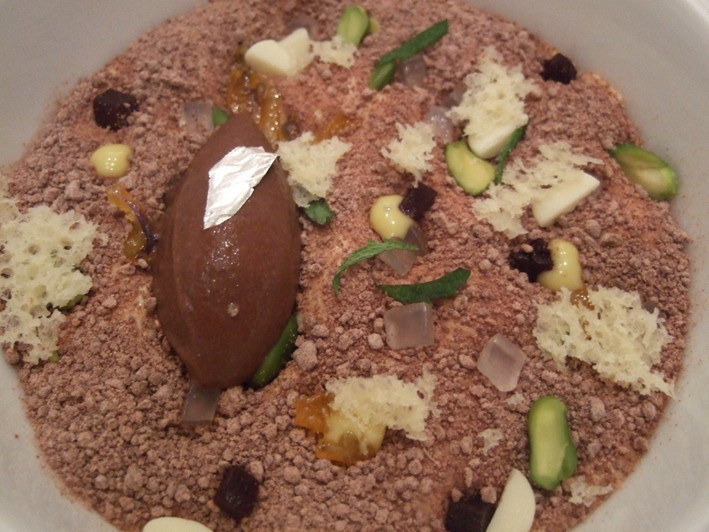
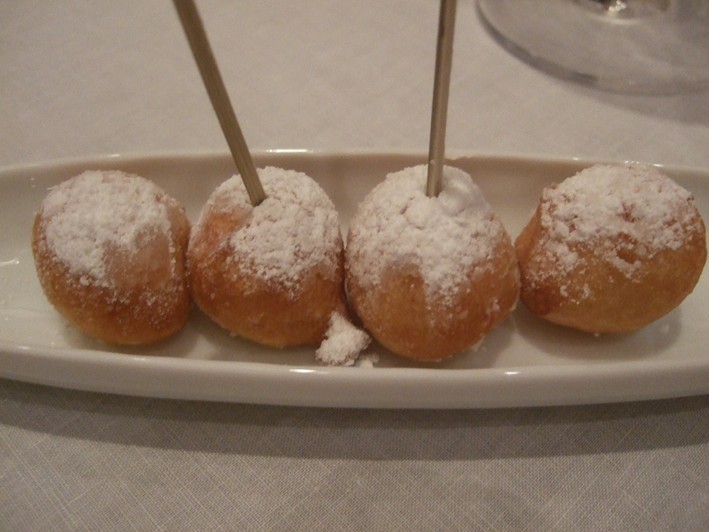


Add a comment
Thank you for submitting your comment, this will be checked and added to the website very soon.
User comments